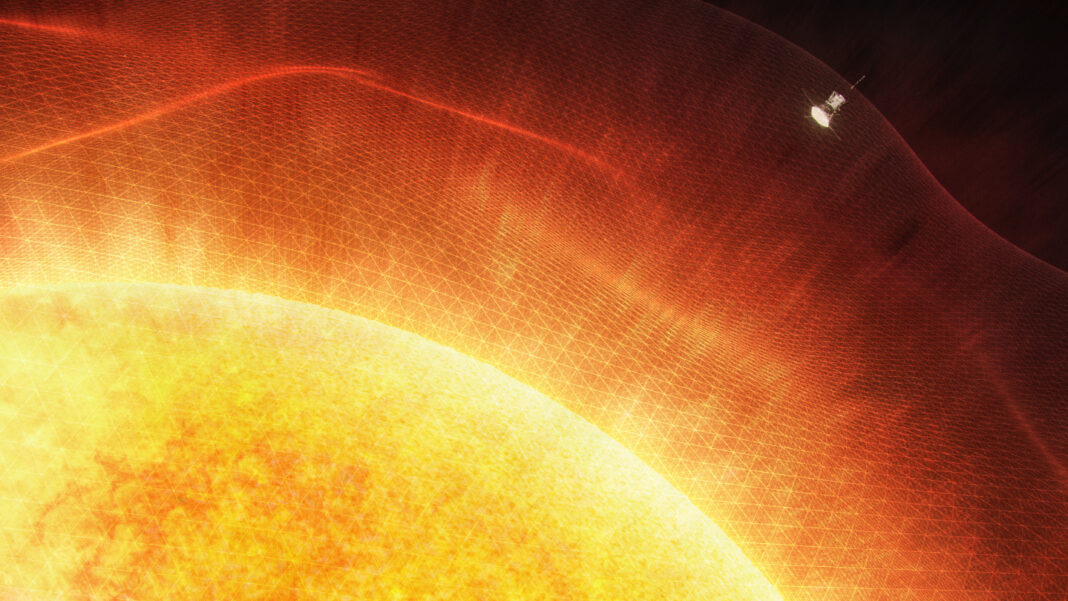50 Years Ago, Scientists Were Gearing Up to Hurl a Probe at the Sun
It was the year 1971 when a group of daring scientists embarked on a mission to study the sun like never before. Their goal was to send a probe into the fiery depths of our solar system’s star, gathering valuable data and expanding our understanding of this powerful celestial body.
The Challenge of Studying the Sun
Studying the sun has always presented a unique set of challenges for scientists. Its intense heat and radiation make it difficult to get close enough to gather accurate data. However, advancements in technology and engineering had finally made it possible to send a probe on a mission to study the sun up close and personal.
The Birth of the Solar Probe
The solar probe, named Solaris, was designed and built over the course of several years by a dedicated team of scientists and engineers. It was equipped with state-of-the-art instruments that would allow it to capture data on solar flares, magnetic fields, and other phenomena on the sun’s surface.
The Launch and Journey to the Sun
In the summer of 1971, Solaris was launched into space aboard a powerful rocket. It embarked on a long journey towards the sun, traveling millions of miles through the vacuum of space. The scientists monitored its progress from mission control, eagerly awaiting the data it would send back.
The Close Encounter with the Sun
After months of travel, Solaris finally reached its destination. It made a daring plunge into the sun’s outer atmosphere, enduring temperatures of over 2 million degrees Fahrenheit. The data it collected during this close encounter was invaluable, providing new insights into the sun’s behavior and structure.
The Legacy of the Solar Probe Mission
The Solaris mission was a resounding success, paving the way for future missions to study the sun and other celestial bodies. The data collected by the probe has been invaluable to scientists, helping them better understand the sun’s role in our solar system and its impact on Earth.
Conclusion
50 years ago, a group of brave scientists took on the challenge of studying the sun up close. Their Solaris probe paved the way for new discoveries and advancements in the field of solar science. As we look back on this historic mission, we can appreciate the dedication and ingenuity of those who made it possible.
FAQs
Q: How did the Solaris probe withstand the extreme temperatures of the sun?
A: The Solaris probe was equipped with a heat shield made of cutting-edge materials that were able to withstand temperatures of over 2 million degrees Fahrenheit.
Q: What were some of the key findings from the Solaris mission?
A: Some of the key findings from the Solaris mission included data on solar flares, magnetic fields, and other phenomena on the sun’s surface that helped scientists better understand the sun’s behavior.
Q: How has the Solaris mission impacted our understanding of the sun?
A: The Solaris mission has greatly expanded our understanding of the sun and its role in our solar system. The data collected by the probe has provided valuable insights into solar activity and its impact on Earth.




